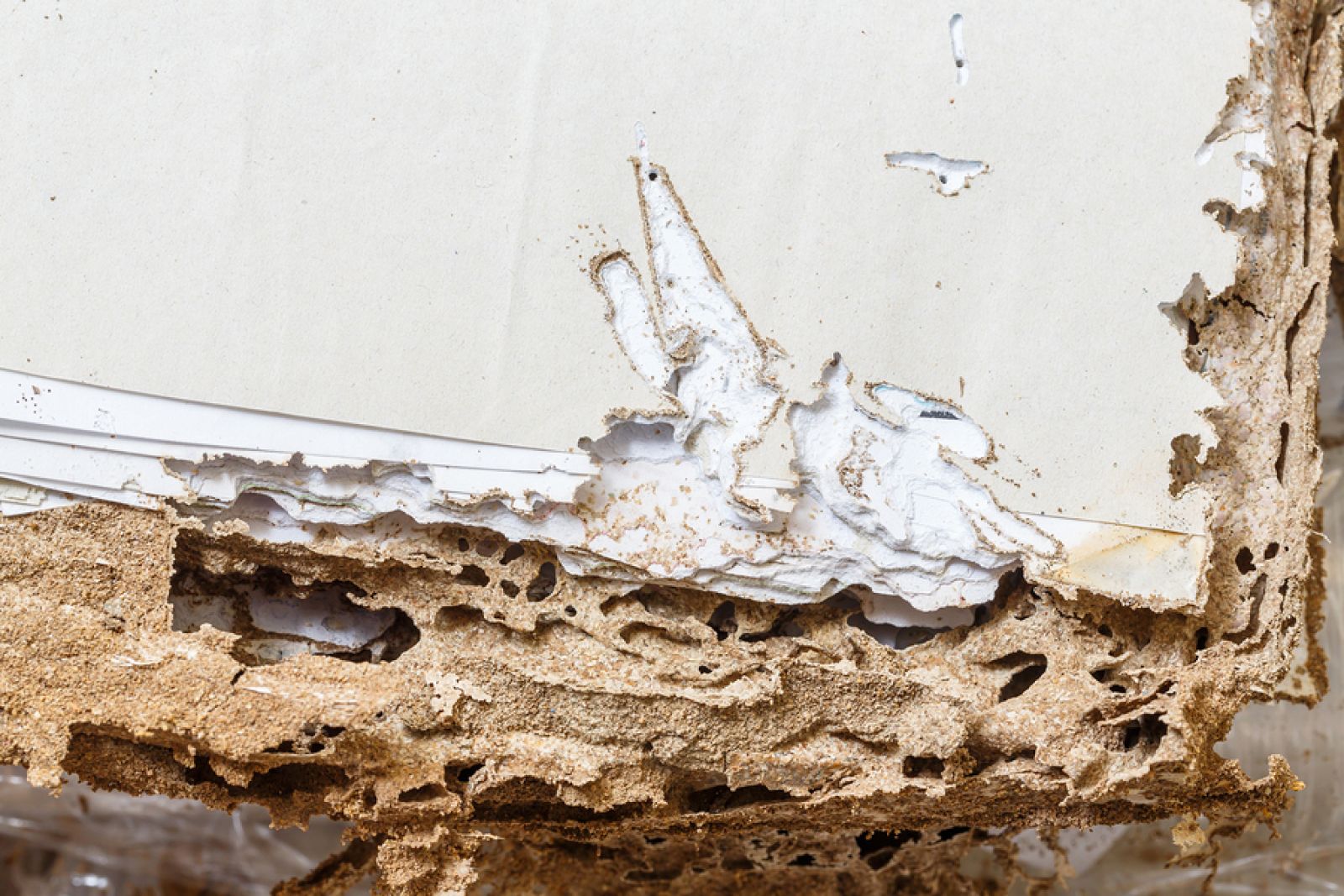
Termites are responsible for nearly $5 billion worth of damage to American properties annually. In addition, Atlanta is one of the hardest-hit areas in Georgia. Thus, controlling termites in the city is important. While there are many methods used by pest professionals to keep termite populations under control, using bait stations is one of the more popular ones.
What Are Bait Stations?
Bait stations employ tasty treats meant for termites to find. This delicious bait is poisoned with a slow-acting substance that will kill any termite that consumes it. These stations are used to control populations of termites within a structure and to locate additional colonies on the property that could cause problems later. There are two types of bait stations: monitoring bait stations and active bait stations.
What Are Monitoring Bait Stations?
Termites forage for food constantly. They feed at many locations within their foraging area. They'll eat tree roots, woodpiles and even your home's structure. Monitoring bait stations are used when no known activity is present. They're usually made of untreated wood (one of termites' favorite foods). The stations don't contain any termiticides.
These stations are placed in areas where foraging termites will find them. They may be buried in the ground around the perimeter of your house. They can also be placed inside your home, in certain unique situations. They may also be mounted on top of wood that's infested with termites.
Once the baits are in place, you need to wait for the termites to find them. Since termites are blind, it may take a while for them to find the monitoring stations.
Studies have shown this could take up to two years. After the termites find and attack the monitoring stations, many people take a second step towards getting rid of the pests: Setting up active bait stations.
What Are Active Bait Stations?
Once the termites decide that monitoring bait stations are home to tasty snacks, it's time to add the termiticide. Termiticide is slow-acting to ensure that the termites don't catch on. If the termiticide works too quickly, dead termites will accumulate near the bait station. The dead termites will deter other termites from wanting to eat the baited wood. These poisoned bait stations are called active bait stations.
How Are Bait Stations Maintained?
A technician will need to come to your house to check your bait stations periodically. They'll check the monitoring bait stations to see if termites have found them yet. Once that happens, they'll add a termiticide to make the bait stations active. More termiticide may need to be added to the active bait stations as well.
This should be done one to four times a year. While the technician is inside your house, they may use special tools like infrared cameras and thermal sensors to peek inside your walls and check the status of the infestation.
Termites can cause thousands of dollars of damage to your home. Make sure you're dealing with them as often as necessary and consult with a professional.




